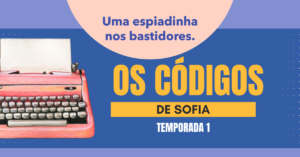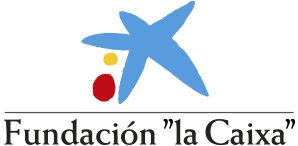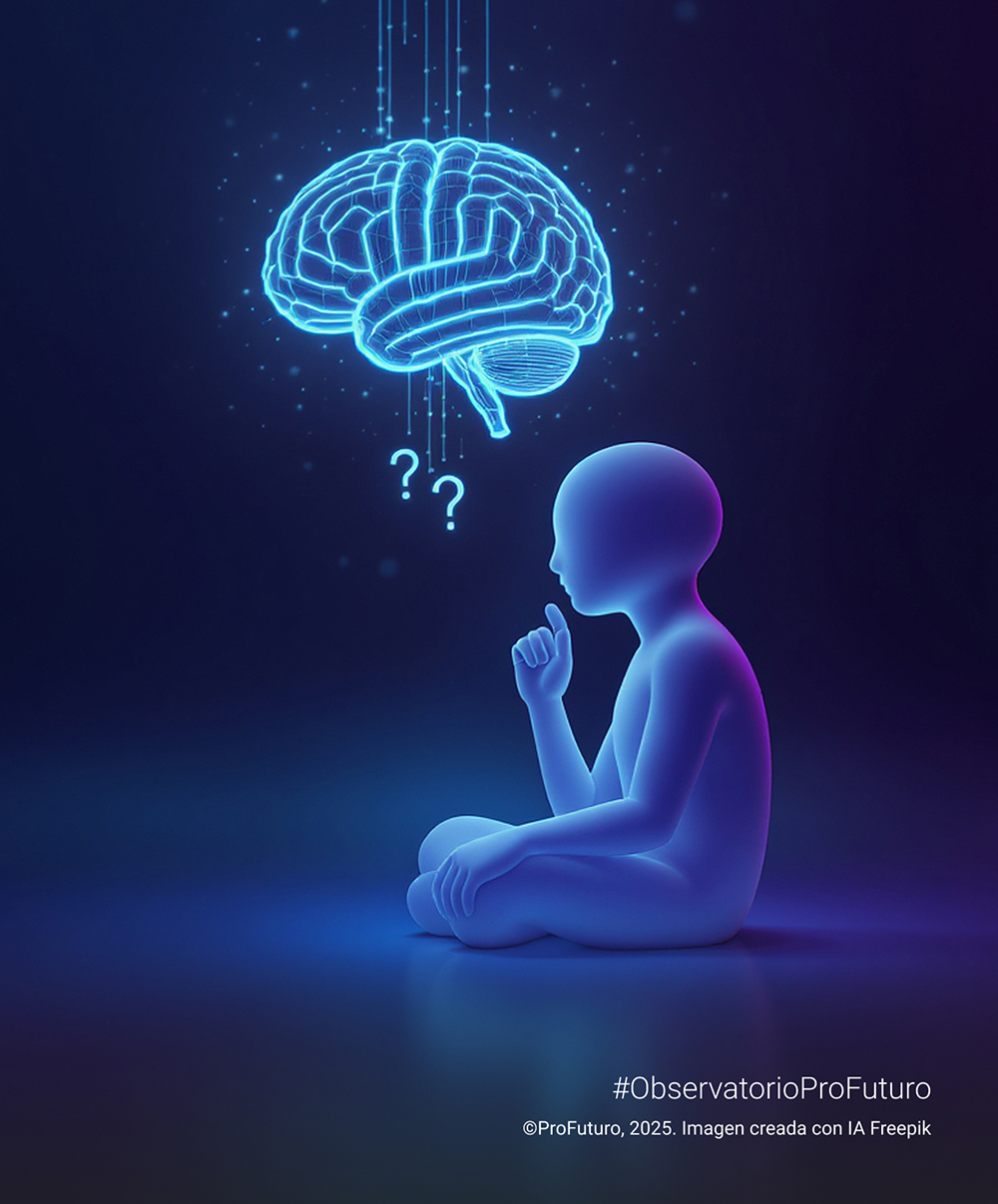Imagine a group of young people sitting in a circle, exchanging cards with mysterious symbols and clues. There are no smartphones on the table, no computers switched on anywhere. At first glance, it could be mistaken for a literature class or a board game invented by their teachers. And yet, this is a lesson on artificial intelligence. Each symbol and each clue refers to concepts related to this technology that is transforming our world: neural networks, algorithms, data bias… a world we usually associate with screens and complicated lines of code.
However, in this class, everything happens offline. As mentioned, not a single screen gives away that we’re learning about new technologies. That’s precisely the core idea behind Sofia’s Codes, a pioneering Brazilian initiative that presents AI in an inclusive, playful, and completely unplugged manner.
Behind this proposal is educator Giselle Santos, who once asked a question that, in her words, marked a turning point in her teaching practice: “How can we teach artificial intelligence without depending on AI itself or on screens?” The answer was a set of activities and guides designed to help students (and teachers) understand fundamental concepts about machine learning, algorithmic bias, digital ethics, and decision-making in virtual environments—without having to use any device.
Starting Point: The Need to Question Technology
For Santos, the idea “was born out of great unease” related to how young people—and much of the population—interact with technology. “We are preparing young people for a hyperconnected world without teaching them to question the technology surrounding them,” she explains. In her experience, it is a common mistake to assume that, just because they’ve grown up in the digital age, teenagers and young people are already experts in all things web and AI.
Reality, however, showed her otherwise: “There’s this belief that because they were born in the digital era, young people already know everything about technology—and that’s not true,” she states. What she sees, and has confirmed through various conversations with teachers and experts, is that many young people use digital tools without really understanding how they work, what their limitations are, and above all, how they can influence their decision-making.
But Sofia’s Codes does more than just open the black box of AI to show the gears hidden underneath. It also invites us to reflect on our place as human beings in a world increasingly shaped by algorithms. Santos sums it up like this: “It’s not just about teaching artificial intelligence, it’s about provoking reflections on how we think, decide, and interact with machines.”
The project’s creator has witnessed this in action. Santos shares anecdotes that show how a simple exercise can trigger a deep change in how participants relate to technology. One of her favourite stories occurred during an activity involving Sofia’s first letter. The students were so immersed in the activity that the facilitating teacher invited them to write a reply letter to Giselle, sharing their impressions. That’s when one student raised her hand and asked an unexpected question: “Why would I share something about my life with a stranger?”
For Santos, that moment encapsulates the entire purpose of the initiative. It’s not just about understanding how algorithms work or what machine learning is; it’s about becoming aware of what we share, with whom we share it, and how that data can be used—both for good and ill. In a world where sharing personal details has become almost automatic, that simple yet powerful question works like an alarm bell. Because yes: “Why would I share something about my life with a stranger?” could be the beginning of critical literacy about the risks and responsibilities that come with living alongside artificial intelligence.
The Big Idea: An Offline Methodology and Interactive Narrative

When thinking about any AI-related project, one of the first assumptions is the need for computers (preferably modern), specialist software, internet access, and mobile devices. However, Sofia’s Codes breaks with this logic: it only requires analogue resources like cards, tokens, or printed guides.
In practice, this translates into a series of activities and narrative adventures that participants must solve as a team. Everything begins with a letter (printed, of course) in which Sofia—a fictional character who acts as a guide, narrator, and co-conspirator in this educational journey—poses questions and presents dilemmas.
These might be logic puzzles that illustrate how a recommendation algorithm chooses one product over another, role-play dynamics showing how data bias influences the decisions of a supposed “machine,” or debates about the ethics of collecting data without consent. In each of these activities, AI acts as the narrative thread, while participants reflect on their relationship with technology.
Why offline? Santos offers several reasons. Firstly, this strategy promotes inclusion for schools and communities lacking connectivity, equipment, or financial resources to invest in technology. Secondly, it encourages participants to take a more active role. “To understand the logic of technology, students need to move away from being passive users,” she notes. In her experience, disconnecting from screens opens the door to imagination, collaboration, and critical thinking—fundamental elements for sound AI literacy.
En la práctica, esto se traduce en una serie de actividades y aventuras narrativas que los participantes deben resolver en equipo. Todo empieza con una carta (impresa, por supuesto) en la que Sofía, figura ficticia que actúa como guía, narradora y cómplice en esta aventura pedagógica, lanza preguntas y presenta conflictos.
“It’s not just about teaching artificial intelligence, it’s about provoking reflections on how we think, decide, and interact with machines.”
A Flexible Resource for Any Setting
One of the greatest strengths of this initiative lies in its flexibility and adaptability to various contexts. Although Santos is a teacher, she explains that facilitators don’t need to be trained educators or AI experts to implement the project. “No one has to be an AI specialist; the methodology is designed so you can learn alongside the students.”
This means it can be applied in a public school on the outskirts of São Paulo, a high-end private school, a cultural centre in a small town, or even a family’s living room. “The project is designed to be accessible and adaptable,” confirms its creator. Each session becomes a blank canvas for facilitators to choose which topics or activities they find most relevant. From algorithmic bias to the relationship between AI and privacy, everything is open for discussion depending on local needs and culture.
In fact, Santos highlights that Sofia’s Codes is a “conversation starter.” “The idea is that each community takes the material and adapts it to its own reality. We don’t say, ‘this is how AI should be taught,’ but rather, ‘this is a starting point to discuss AI and its implications.’” In many communities, she notes, conversations around how data and algorithms are used take on a very practical meaning: “For some students, talking about algorithmic bias is practically talking about their own life opportunities.”
And that’s no exaggeration. Though algorithms are never neutral, in some contexts their impact is particularly unequal: they can exacerbate existing inequalities by influencing decisions around scholarships, employment, security, or access to services. That’s why, for students from historically marginalised communities, understanding how these mechanisms work is not just about learning technology—it’s about understanding how they can be excluded or included, how their opportunities (or barriers) are shaped in the digital world.
Sustainability: A “Pay What You Want” Model
While Sofia’s Codes is grounded in the idea of free access, its creator knows that maintaining a project like this long-term requires support and resources. “The model was born from the desire to make the project accessible without limiting its continuity,” explains Santos. For this reason, she adopted a “pay what you want” model: the initiative is available for free, but those who are able or willing to contribute can make a voluntary donation. In addition, partnerships are formed with organisations that see value in education as a tool for social transformation.
This model, however, has its own challenges. Brazil, like many countries, faces significant socioeconomic disparities, and not everyone is used to paying for educational resources typically associated with free access. Even so, Santos remains optimistic: “The challenge is ensuring the project continues to grow. But at the same time, we didn’t want to restrict it to only those who can pay. Our priority is to keep the experience open, focused on enabling access to AI literacy.”
A Map with Several “Seasons” and New Themes
To structure content progression, Santos chose the metaphor of “seasons.” The first focuses on AI fundamentals and critical thinking; the second and future editions will cover increasingly specific topics, such as screen-mediated social relationships, cyberbullying, or the decolonial perspective on technology. “The idea is that each season develops a central theme and a new way of exploring our relationship with screens,” Santos explains.
This step-by-step approach allows participants to deepen their understanding of increasingly complex issues as they become comfortable with the methodology. Furthermore, Santos hopes the initiative will evolve alongside public debates on AI. “As society begins to discuss certain topics or new discoveries emerge, we have the opportunity to create content that enriches that discussion,” she concludes.
Looking Ahead: Advice and Reflections
Given the outcomes already observed in this initial phase of Sofia’s Codes, Santos feels the initiative has only just scratched the surface of its potential. She is excited by the idea of seeing the project grow—and above all, of raising enough awareness that AI is no longer seen as something separate from the human experience. “AI in education isn’t just about new tools—it’s about deeply and holistically rethinking the human experience,” she explains.
To those wishing to embark on innovative educational projects, especially around AI, Santos advises not to be intimidated by the technical complexity, and instead to begin with the “why.” “Don’t be paralysed by fear. Start with the impact, not the technology. If there’s an educational problem, see if AI can be part of the solution,” she says. She also urges people to value human beings over the mere integration of devices: “Technology alone doesn’t transform education—but well-prepared educators do. And most of all, don’t be afraid to experiment.”
An Unplugged Experience (But Full of Connections)
In contrast to an educational model where the words “digital,” “virtual,” and “technological” dominate headlines, Sofia’s Codes offers a breath of fresh air. Not because it opposes technology, but because it recovers the essence of what learning should be: building knowledge through reflection, dialogue, and curiosity. The initiative, driven by Giselle Santos, breaks away from the tradition of AI as something confined to labs and filled with indecipherable formulas. Instead, it proposes an analogue and collaborative journey—accessible to any community.
Perhaps the most valuable lesson this initiative teaches us is the need to stop being mere spectators in the digital age. By doing away with screens, Santos reminds us that building technological understanding ultimately relies on human capacity to question, converse, and collaborate. Maybe that’s the most important “code” Sofia reveals: our own ability to learn and create—even when the monitor’s light is off.






